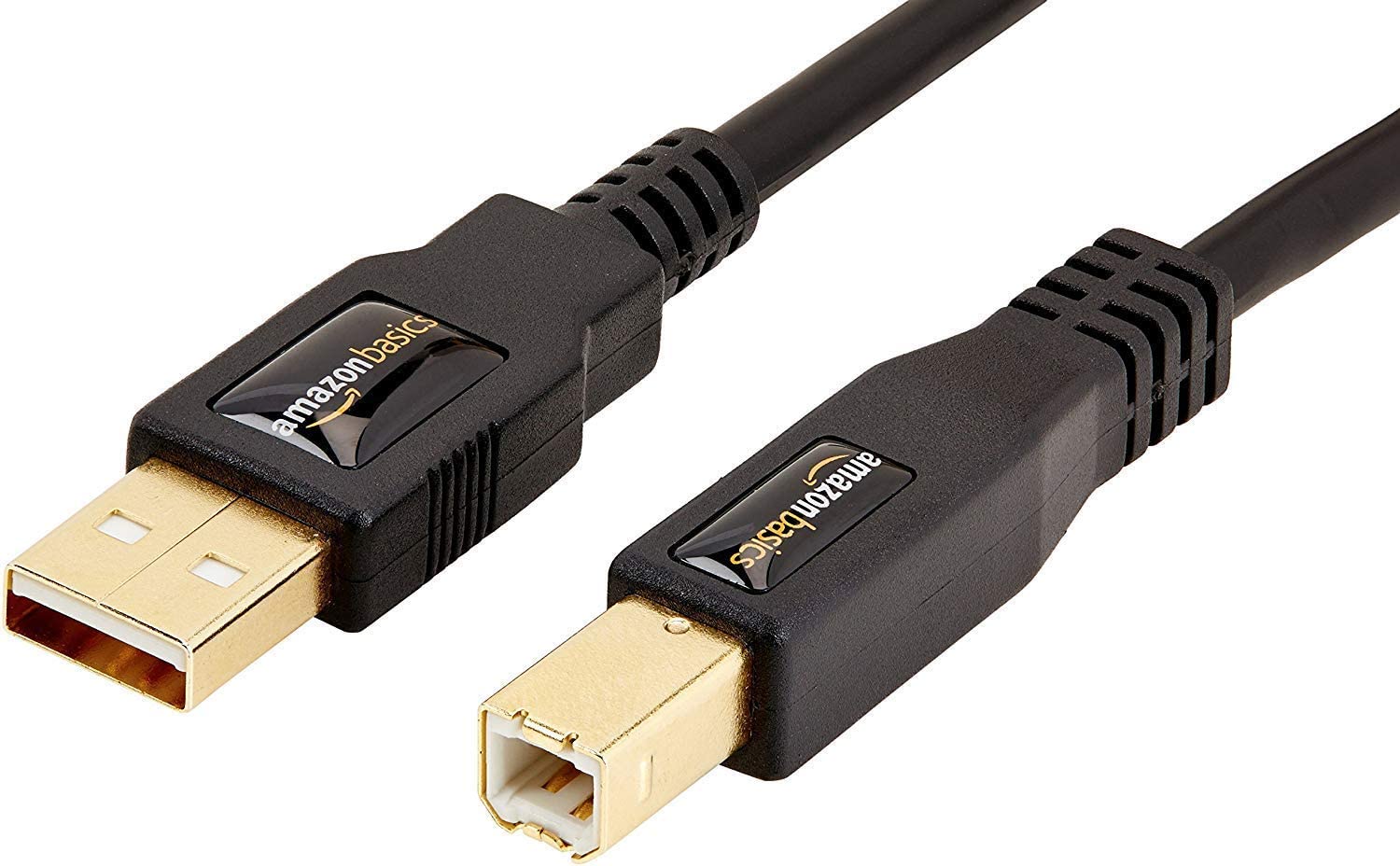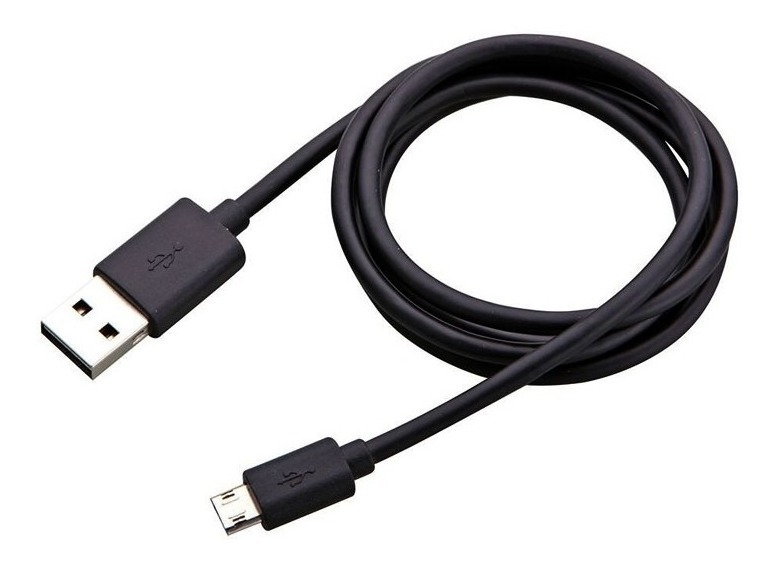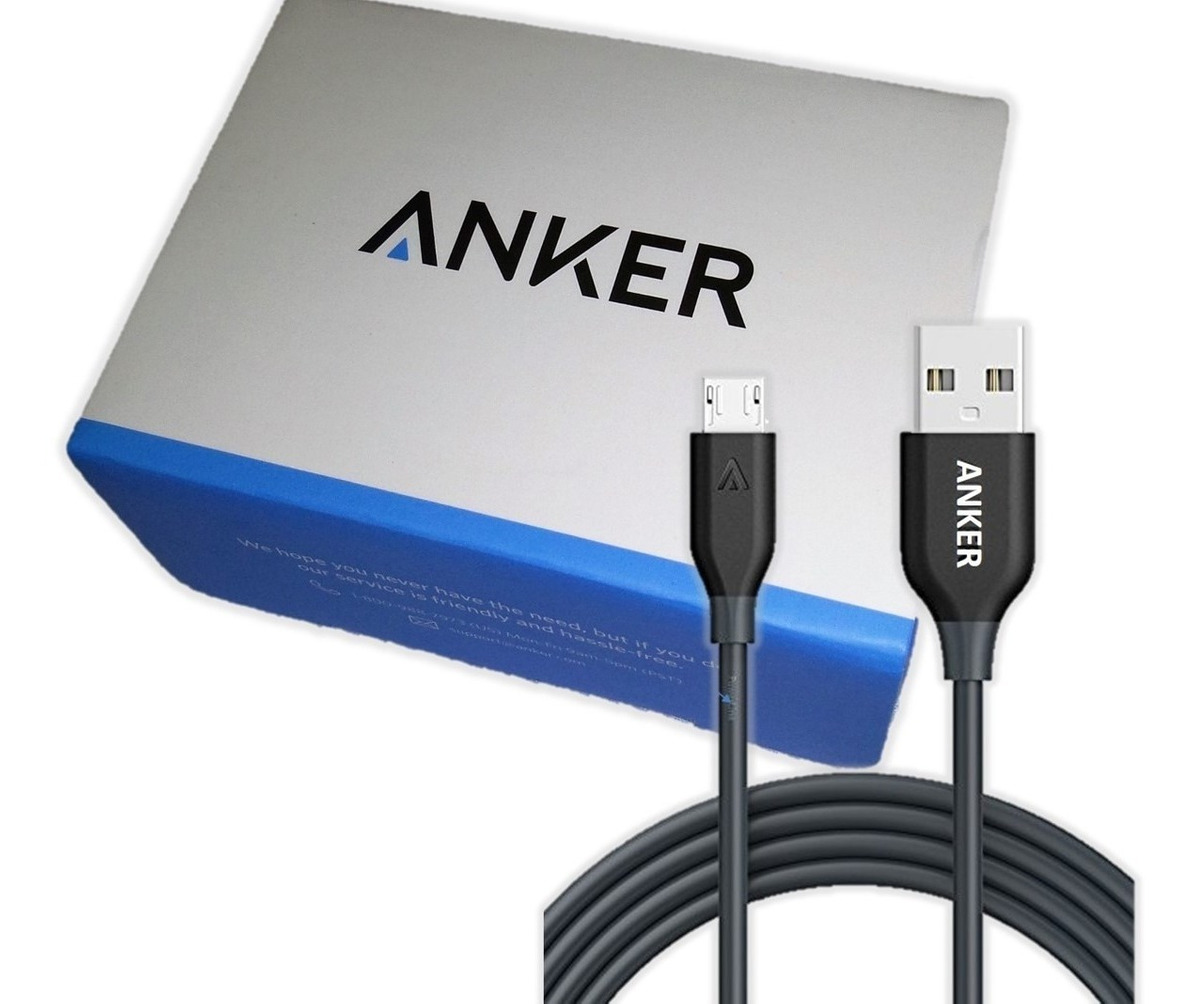As a consequence of the evolution of the electronic devices that we frequently use to communicate and share information, there have also been changes in the connectors. In such a way that we will teach you the USB cable types that exist today.

USB cable types for devices
The term USB, acronym for Universal Serial Bus, refers to the protocols and connectors that are used in a bus for the connection of different devices, such as: printers, hard drives, digital cameras, computers, keyboards, mice, among others. .
For its part, a USB cable is the connector through which these elements are linked through USB. Additionally, it serves to transfer information and supply power to some devices, in addition to fulfilling other useful functions.
At this point, it is important to note that USB technology has been evolving since its appearance in 1996, mainly in terms of storage capacity, size, resistance, comfort and ease of use. In such a way that today there are different USB cable types, including: Type A, Type B, Type C, Mini USB and Micro USB.
For more information about USB technology, I invite you to read our article does not detect the usb.
Below we will detail the main characteristics of each of the USB cable types, which will allow us to establish their basic differences later.
Type A
Among all USB cable types, type A is the best known and the most widely used. In fact, it is the quintessential USB connector. It belongs to USB 1.0 technology, with a maximum data upload speed of 12 MB / sec.
Physically it is a flat rectangle with internal connections and only one way to connect it. It differs by having one end known as a male and the other as a female. The former connect to external devices, while the latter do so with computers.
It is used mainly in the connection of desktop computers, laptops, multimedia players, video game consoles, keyboards, mice, among other devices.
type B
It is a six-sided connector that also has male and female versions. Its design varies slightly depending on the manufacturer and the space available to dock the port with the external device. It is located at the end of the Type A cable that connects to external devices.
It has a data transfer speed of 12 MB / sec maximum. Therefore, it is classified within USB 1.0 technology. However, today it is in disuse.
type C
It is also known as a USB 3.1 cable. Its design is reversible, both in ends and in position, which means that it is possible to plug it in in any direction.
The USB Type-C cable is designed to connect to scanners, printers, external drives, MP3 players, digital cameras, smartphones, and other USB devices. In such a way that it allows transferring data, charging devices, synchronizing data, among other important functions.
It supports upload speeds of up to 480MB / sec, and is now present in a large number of modern devices.
Mini USB
It is a smaller type of connector than the USB Type A cable. It was designed primarily so that it can fit into smaller spaces than standard connectors.
It is rectangular with flattened corners and comes in two versions: the five-pin Mini USB, shaped like a trapezoid, and the eight-pin Mini USB, which has two of its corners shortened.
Mini USB cables have eventually been displaced by Micro USB connectors, mainly due to the potential for wear on the metal contacts at the ends. Before the birth of USB Type-C cables, they worked with every digital camera and cell phone out there.
micro USB
The Micro USB cable is longer and thinner than the Mini USB cable. It has two beveled corners, and is mainly used for charging the batteries of lower and mid-range phones.
Its main advantage is the durability of the connector, as it is made of stainless steel.
It is divided into Micro A, also known as Host, and Micro AB. The first works with standard devices to connect to computers, while the second works as a host to which various external devices are connected.
Significant differences
Generally speaking, USB Type A cables are used to connect host type with other devices, while USB Type B cables are designed to control external devices.
For its part, the data transfer rate of the USB Type C cable is much higher than that of the USB Type A cable. In addition, the former has a slimmer design and is compatible with different modern connections.
Additionally, Mini USB and Micro USB cables are not compatible with each other. The Micro USB cable's main function is to standardize and optimize the charging of phones.
Also, although in appearance Micro USB cables are smaller than Mini USB cables, their data transfer rate is faster.
Things to consider
Given the diversity of USB cable types that exist, one of the main aspects that should be considered when buying one of them is the price - quality ratio. Well, in this type of product, it is common that the lower priced ones are also of lower quality, most likely forcing us to buy a new cable in a short period of time.
Furthermore, the use of a poor quality USB cable can cause irreparable damage to the devices with which it connects, for example: smartphones.
Another important element to take into account is the length of the cable, as it must be comfortable to handle.
Better cables
In the current market, there are several USB cables that are highly recommended to buy, which are mentioned below:
Anker PowerLine + Micro USB: Designed to charge various devices, such as: accessories, mobile phones and tablets, quickly and safely. It's durable, inexpensive, and comes with an 18-month manufacturer's warranty.
Google USB C to USB C: Fast Charging Cable, backed by Google with a 12-month warranty. It achieves a data transfer rate of 480 MB / sec, but supports USB 3.1 technology for data transfer of up to 10 GB / sec.
Fuse Ckicken Armor Charger C2 USB C to USB C: High durability cable, thanks to its stainless steel coating. Fast charging and guaranteed for life.
Raviad USB Type C Cable: In principle, it achieves a data transfer of up to 480 MB / sec. It is a flexible and reversible connector that can be used easily. The brand offers continuous customer service.
Rampow Micro USB Cable: It is a fast charging and synchronization connector, which reaches up to 480 MB / sec of data transfer rate. It is compatible with almost any model of android tablets and mobiles.


